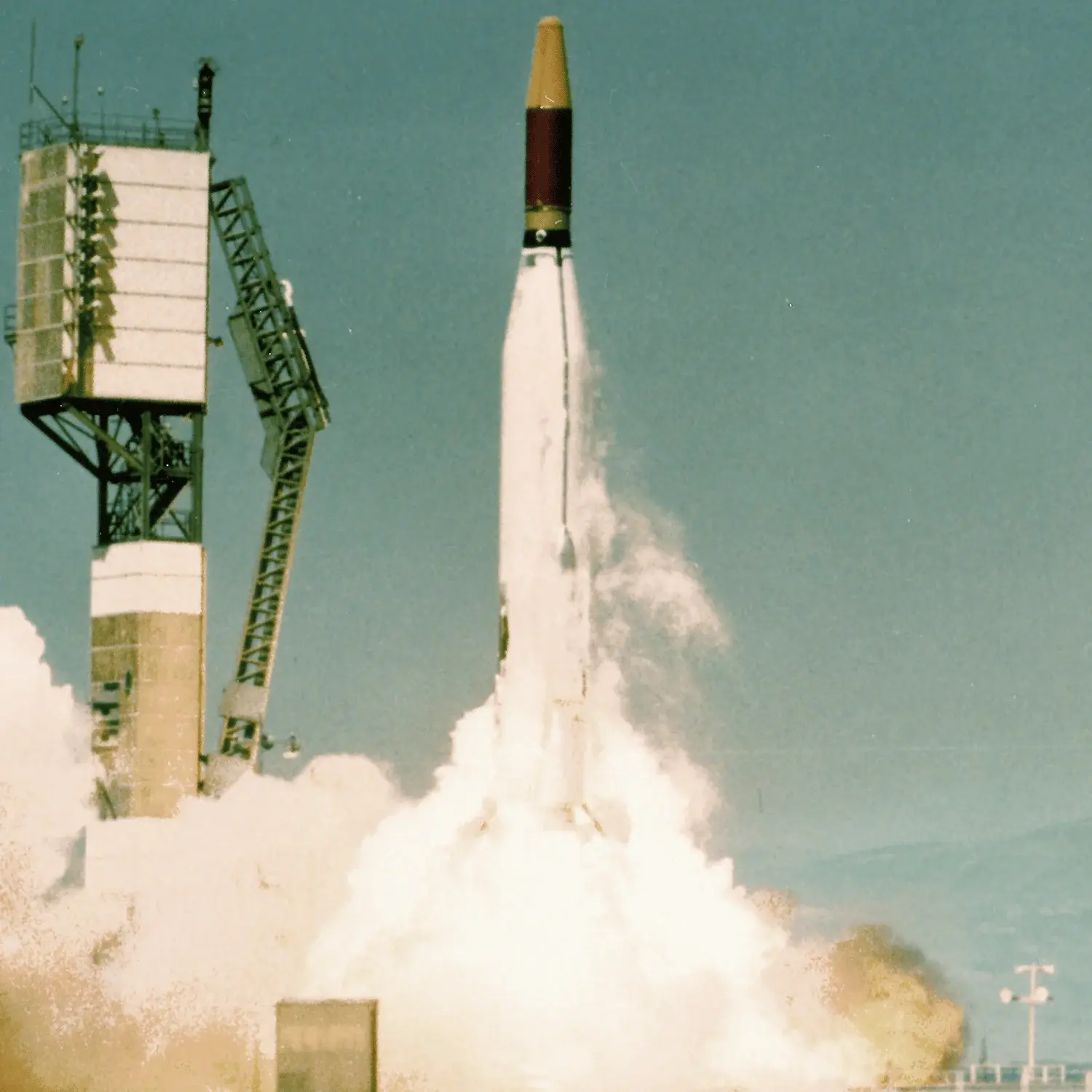P72-1
Launch Success
Liftoff Time (GMT)
20:10:00
Monday October 2, 1972
Mission Details
Radsat (P72-1)
The spin-stabilized satellite Radsat was launched by the US Air Force on 2 October 1972 into a noon-midnight, Sun-synchronous orbit. The satellite is sometimes referred to as P72-1. The inclination was 98.4 degrees; the apogee and perigee were 761 and 736 km, respectively. The cylindrical spacecraft was 2.13 m long and 1.37 m in diameter. Antenna booms extended 2.74 m from each end, coincident with the spin axis. The orbital period was 99.5 minutes, and the spin period was 5 s. The objectives of this spacecraft were to measure background gamma radiation over the whole earth in the 100 to 300 kV range and in the >700 kV range. Fluxes and spectra of low-altitude charged particles were to be measured as a function of time and magnetospheric position. The effects of the space environment on various thermal control coatings were to be determined. Measurements of UV radiation, and H and He atoms and ions were taken. Observation was made of extreme and far UV originating in the interaction of solar wind with interplanetary medium or from galactic sources. The satellite carried 5 instruments: 1) A gamma-ray spectrometer, 2) An extreme ultraviolet detector, 3) 2 low-altitude particle detectors 4) Thermo control coating test instrument.
Sun-Synchronous Orbit
1 Payload
208 kilograms
Rocket

Launch Site
Vandenberg SFB, California, USA
Stats
Atlas-Burner
2nd
Mission
1st
Mission of 1972
1972
81st
Orbital launch attempt
